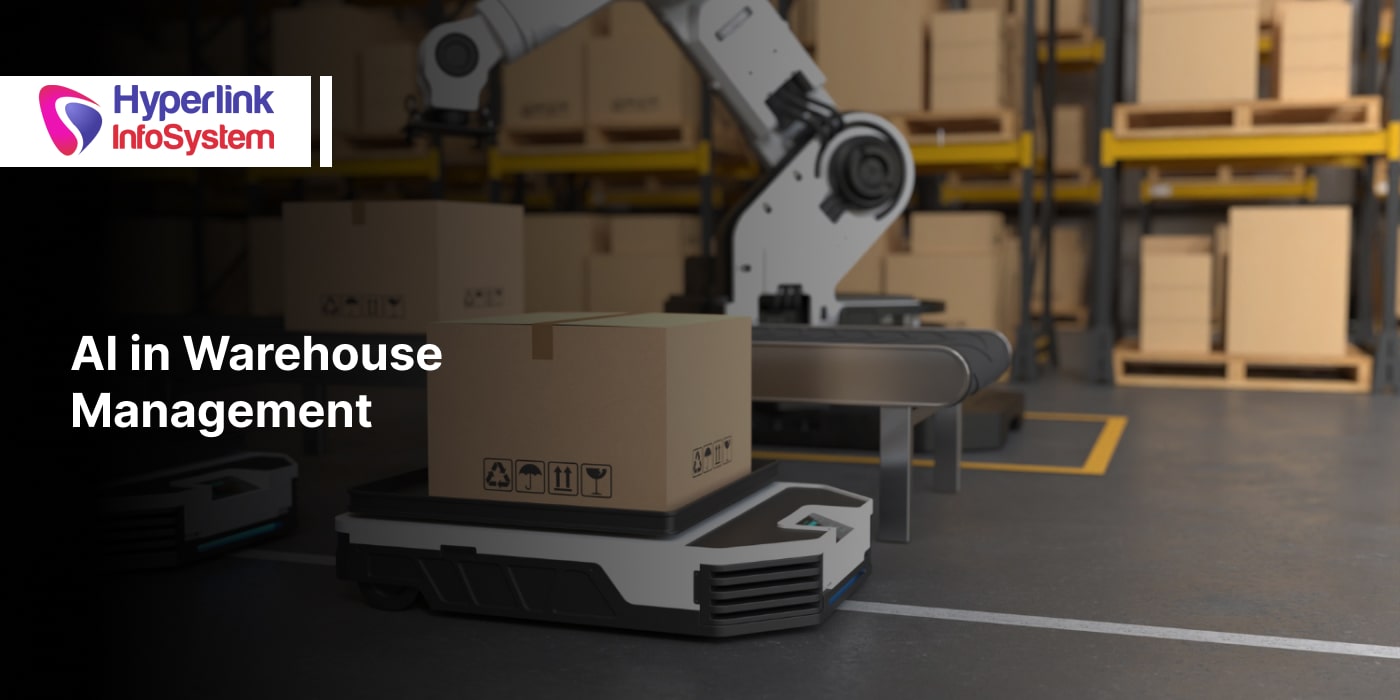To provide the amount of customization and seamlessness in experiences that customers expect today, businesses are gathering more data than ever before. However, most companies have issues with data unification and quality control, as well as difficulty in leveraging data to create more relevant experiences.
As a result of the epidemic shutting down companies last year, customers experienced significant financial instability. Today, businesses, hotels, pubs, and restaurants are reopening, and many people are eager to spend their money.
As regions of the world begin to recover from the epidemic, there is a surge in consumer demand for experiences that were unavailable a year before. The most astute businesses, on the other hand, recognize that the digital experiences that propelled pandemic-era development, such as curbside shopping and direct-to-consumer websites, aren't going away.
Salesforce CDP assists marketing companies in establishing a single source of truth and gaining access to more intelligent, actionable, and trustworthy data.
Salesforce CDP creates several customer profiles by combining data from different sources, marketing automation tools, eCommerce sites, mobile apps, and so on. Customers may be recognized everywhere, and contextual, relevant engagement can be provided across marketing, sales, service, eCommerce, and more.
Salesforce is releasing new CDP improvements today to make customer data smarter, more connected, and simpler to act on securely.
CDPs connect the customer data so that everyone on your team can lookout at how a customer interacts with you across all platforms.
We now live in a time where the client is in charge. Amazon can anticipate what things we'll purchase next, Netflix can accurately select shows we'll enjoy, and Uber allows us to personalize our journeys down to the sort of car we'd want to travel in. Customers want businesses to know their preferences intimately, to provide tailored experiences, and to provide quick service.
Customers want their interactions on a company's website to extend to their mobile app experiences and even in-store visits when it comes to marketing. The challenge is that, even though the consumer is the same, most firms' environments run on distinct datasets. Customers also demand consistent and "in-the-moment" experiences when they go from channel to channel. The majority of customer journeys involve three or more channels, with clients moving easily and swiftly across them. The majority of businesses, on the other hand, do not have these data ecosystems connected in real-time.
How Will a CDP Work?
The initial task for CDPs is to get all of a company's customer data together in one location. That implies integrating various databases that normally don't exchange customer data, such as marketing clouds, service software, and e-commerce engines, to create a single customer ID from several CRM instances. That's what we refer to as "customer resolution."
Before they share their data with organizations, CDPs must correlate the identities we have about our known clients (such as email and cell numbers) with what we know about them. As a result, we may begin to identify a consumer with an encounter that began with an email campaign and continues on the website. This is referred to as a cross-device identity.
CDPs are responsible for the following tasks: data gathering, unification, activation, and insights.
How CDP Can Help Grow and Dodge the Challenges in Indian Business?
Easily Create Smarter Audience Segments
A powerful segmentation engine is at the heart of Salesforce CDP, allowing business users to swiftly query a large number of data properties, create audience segments, and activate them for targeted mobile messaging, advertising, personalization, and more.
Salesforce CDP has a user-friendly interface that makes audience segmentation simple. This allows you to generate multi-dimensional segments on the fly by extracting attributes from sales and other sources.
For Personalized Engagement and to Create a Source of Truth
Salesforce CDP is capable of ingesting large quantities of data and unifying large volumes of personal, demographic, behavioral, purchase, and interaction data, all while maintaining consumer permission across touchpoints. It merges distinct prospect or customer identities into unified customer profiles using powerful identity resolution features like fuzzy matching. Customers' interactions with your company are reflected in these profiles across functions and brands.
You can offer the relevant messaging to the right consumer on every channel and hyper-personalized purchasing experiences with unified customer profiles. The same data can also be utilized to block communication that isn't relevant. Combining marketing and sales data, for example, may be used to stop sending promotional emails to consumers who have previously purchased relevant goods.
Unlock Insights to Help You Make Better Decisions
With unified customer data, you can dive deeper into insights like calculating customers' lifetime value or engagement score.
Use data visualization to compare the performance indicators of many marketing efforts in a single display, for example. To tweak your marketing mix and optimize costs, quickly discover campaigns that work effectively for certain client categories.
To Provide Engaging Experiences That Build Customer Loyalty
The nicest thing about Salesforce CDP is that you can use the platform's data and insights across departments and the customer lifecycle. Lookalikes may help you expand your audience, enhance engagement with behavior-based targeting and upsells, and boost retention through loyalty segmentation, special offers, and churn detection.
Salesforce CDP can also create smarter shopping experiences for customers by combining transactional order data with additional cross-channel data to form segments and generate insights.
Salesforce CDP can assist companies in collecting, analyzing, and enriching first-party data. It has a simple and uncomplicated user interface that makes data easy to understand and use. This means that AI-powered analytics may be used by business users to get actionable insights and make data-driven business choices.
























